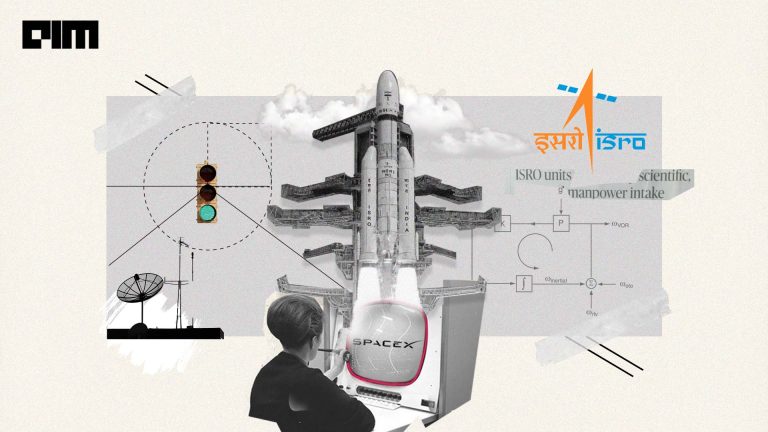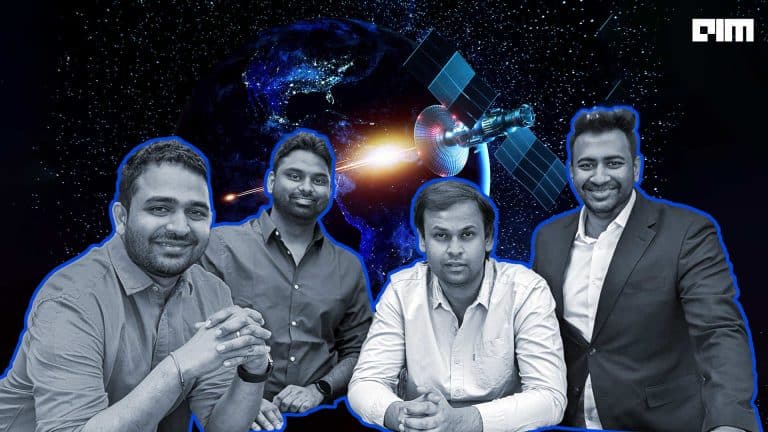|
Listen to this story
|
In September 2022, ISRO chairperson S Somanath spoke at a plenary session at the Centre-State Science Conclave in Ahmedabad. Among other things, Somanath touched upon how states can leverage space-based solutions to meet governance needs.
The department of space, according to Somanath, “would like to bring down the gap between the states and space”. The department is currently aggregating the demand from each state and building satellites accordingly, he continued.
ISRO’s Earth observation satellite data is used for a variety of ground-based applications, such as farming, forestry, mining, water management, rural and urban development, etc. As per ISRO, experts from the organisation or individuals trained by ISRO, who work in various departments, process the data for those particular applications.
ISRO claims that individuals, government and private organisations can access the data and while the availability of some data is completely free, the rest require payment.
ISRO and its marvellous Bhuvan
ISRO has done several projects in collaboration with state governments, which are available on its Bhuvan portal while the Earth observation satellite data can be found on another portal, Bhoonidhi.
On the Bhuvan portal, one may view state-specific datasets from state departments and NRSC/ISRO programmes, giving users access to the entire state’s data at one location for visualisation, overlay, analysis, and interpretation. For instance, one can access the data for agriculture & soil, census, geology & mines, ground water prospects, land use, land cover, and NEDRP layers along with administrative layers of Sikkim with just a click.
(Ground water prospects, Sikkim)
Additionally, Bhuvan also provides the datasets of National Hydrology Project (NHP). The portal has geospatial products and services for the water resources sector, high resolution digital elevation models, flood early-warning systems, decision support systems for irrigation water management, modelling and disseminating hydrological products to support water resources management, and more. All of this is developed by the National Remote Sensing Centre (NRSC).
To know more on the different datasets ISRO has made publicly available, visit here.
In focus: West Bengal Coastal Information System
The Indian government had decided to create a digital map of India’s coastline a few years ago. As a result, West Bengal began using geospatial techniques to create state-wide coastal maps. East Midnapore, South 24 Parganas, and North 24 Parganas are West Bengal’s three coastal districts, and the research area includes the area under the control of those three districts’ 14 coastal police stations.
The project will, according to ISRO, have two goals: First, it will create a digital database for all of the assets, and second, it will develop a ‘West Bengal Coastal Information System’ using the Bhuvan (ISRO’s geoportal) framework for visualising and analysing coastal geospatial data. As of now, the dataset is not available to the public, as the portal requires username and password to sign in.
Future ahead: Landscape transformation due to coal-mining activity
India is the second-largest consumer of coal in the world, and its record-high coal production is due to the large-scale coal mining taking place in states like Odisha. However, mining for coal drastically changes the terrain of the region. Additionally, the huge volumes of topsoil that need to be removed during coal mining can result in erosion, habitat loss, and pollution.
Numerous studies have been done to measure the changes in the land cover and land use patterns, which might help state governments make future plans. In the Jharsuguda coal mining region in Odisha, for instance, this study measures the change in landuse-landcover (LU-LC) patterns every four years, from 2006 to 2018.
The study concluded that from 2006 to 2018, the mining area coverage rose progressively at an annual change rate of +0.03%. On the other hand, from 2006 to 2018, the forest cover and vegetation significantly decreased, with an annual change rate of 0.04%. As per the study, the mining activity has seriously threatened the forest resources over the region.

With this, the researchers have urged the government to implement a proper management policy to oversee the landscape transformation due to coal mining. ISRO’s satellite might come in handy to implement this. Meanwhile, several states are already using the technology to track property encroachment for better property tax collection.



















































































